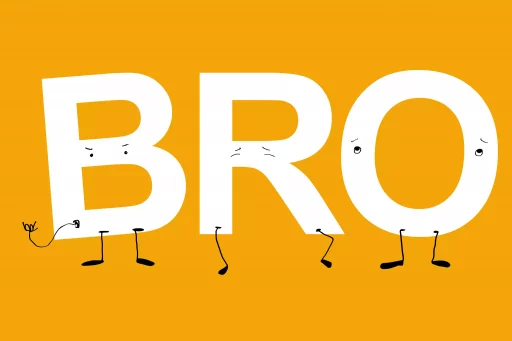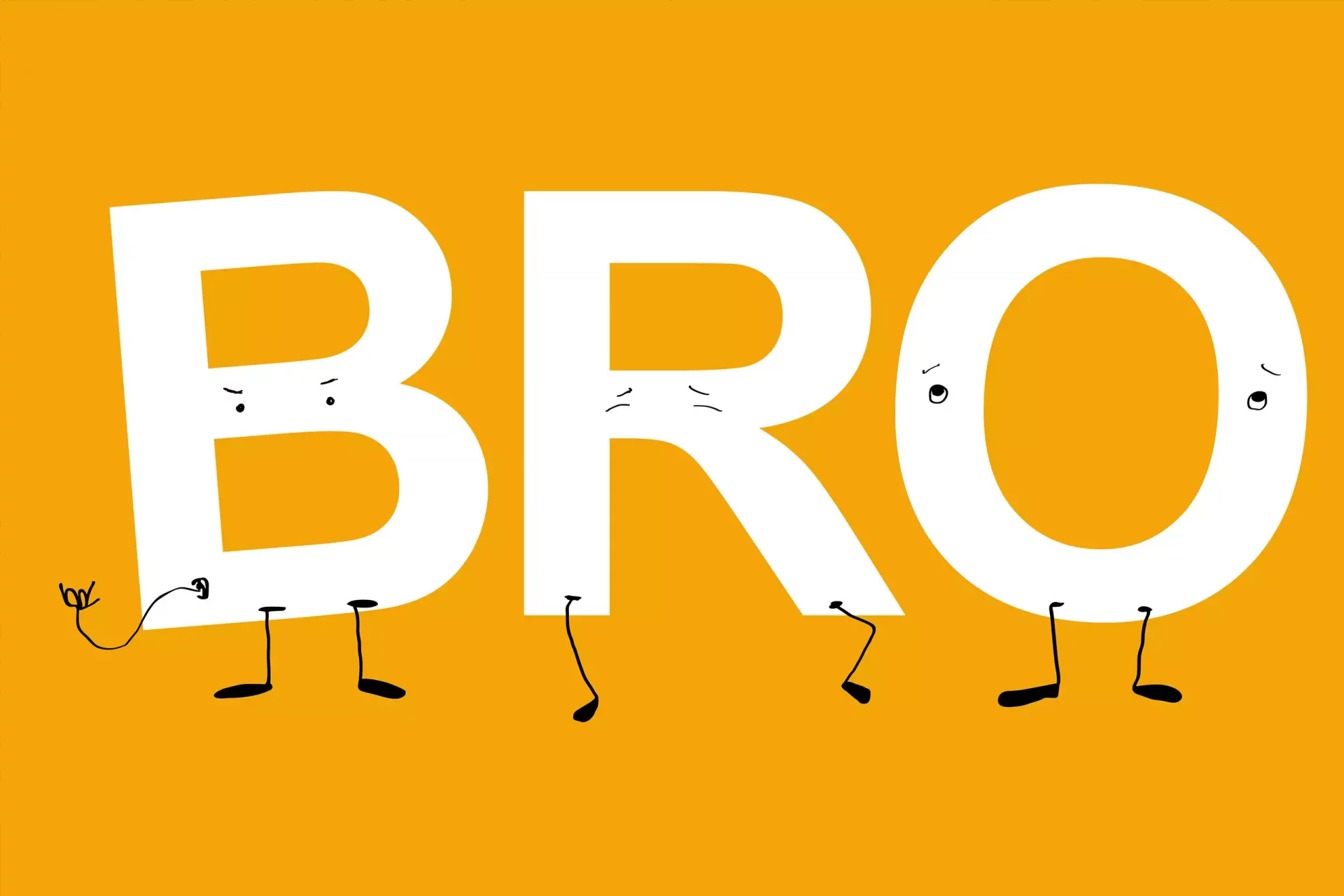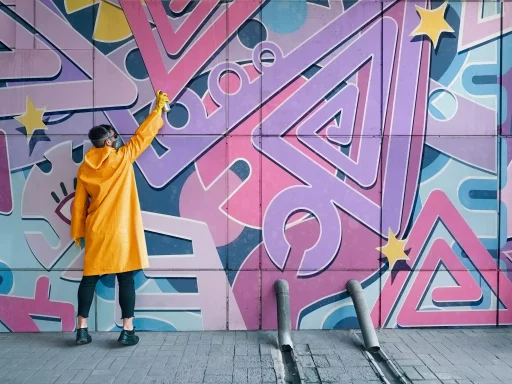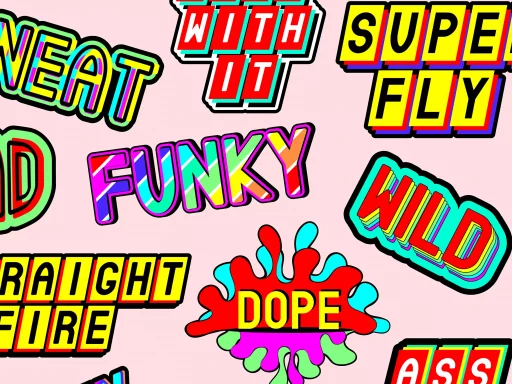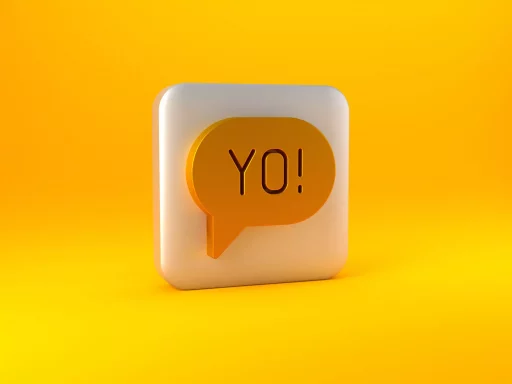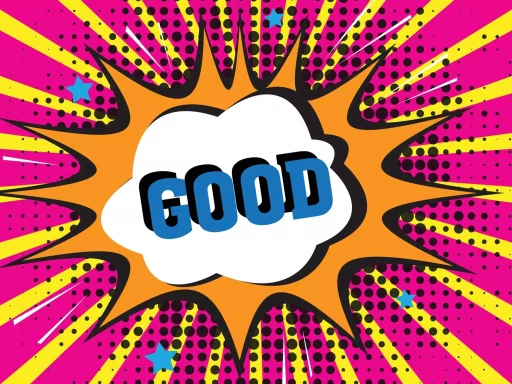Introduction to the ‘Brat’ Term
The term ‘brat’ has become increasingly popular in contemporary pop culture, particularly among younger audiences. While its traditional meaning often pertains to a spoiled child, recent applications have evolved, especially in music, social media, and youth subculture. Charli XCX, a prominent figure in the music industry, is among the artists who have embraced the term, using it to reflect a sense of independence, attitude, and playful rebellion.
What Does ‘Brat’ Mean?
According to Urban Dictionary, the term ‘brat’ can have multiple meanings, reflecting both positive and negative connotations:
- Spoiled Child: Typically refers to a child who behaves badly because they are given everything they want.
- Playful Rebellion: In a more positive light, it can designate someone who expresses themselves freely, often breaking societal norms.
- Confidence and Attitude: Used as a term of endearment, it can describe a confident person who unapologetically showcases their personality.
Charli XCX: The Modern ‘Brat’
Charli XCX, known for her catchy hooks and bold sound, has made a name for herself as a musical innovator. Her songs often touch on themes of self-empowerment and rebellion, making her a perfect figure to embody the ‘brat’ persona. Tracks like “Boom Clap,” “Fancy,” and her collaboration with Troye Sivan in “1999” highlight this spirit.
In her music video for “Good Ones,” Charli XCX portrays a confident and somewhat mischievous character, encapsulating the essence of a ‘brat.’ The visuals and lyrics speak to a cultural moment where youth embraces audacity and playfulness. In the context of Charli’s work, being a ‘brat’ isn’t just about being spoiled; it’s about harnessing a bold attitude in the pursuit of joy and freedom.
Social Media Influence
Social media significantly contributes to the reinterpretation of terms like ‘brat.’ Platforms like TikTok and Instagram allow users to express themselves in creative ways, redefining societal expectations. The hashtag #Brat has gained traction on these platforms, often associated with fashion, attitude, and a carefree lifestyle.
For instance, many influencers and fans of Charli XCX use the hashtag to showcase their looks that blend whimsy with rebellion, often incorporating elements from her music videos.
Case Studies: ‘Brat’ in Popular Culture
Several artists align with the ‘brat’ identity, reinforcing its significance in modern music and pop culture:
- Billie Eilish: Known for her unique style and unapologetic authenticity, she often embodies a rebellious spirit reminiscent of brat culture.
- Ariana Grande: With her trademark high ponytail and playful lyrics, Ariana represents a spirited side of the ‘brat’ persona.
- Dua Lipa: Her bold fashion choices and empowerment-themed songs have captured the essence of modern youth culture.
These artists, alongside Charli XCX, demonstrate how the term ‘brat’ has transcended its negative implications, representing a confident, fun, and edgy attitude.
Statistics on Youth Culture and Music
Understanding the cultural impact of the ‘brat’ identity can be supported by some relevant statistics:
- According to a report by Statista, over 40% of teens aged 13-18 engage with pop music daily, showcasing a strong attachment to artists like Charli XCX.
- A survey conducted by Pew Research showed that 72% of teens believe social media is essential in shaping their identities, influencing terms and trends like ‘brat.’
- Billboard reported a 30% increase in the number of songs categorized as pop-punk or rebellious themes in 2022, indicating a resurgence in this genre.
Conclusion: Embracing the ‘Brat’ Mentality
In conclusion, the term ‘brat,’ as popularized by artists like Charli XCX, reflects a cultural shift—signifying empowerment, creativity, and a playful outlook on life. This new definition allows individuals to embrace their identity with confidence and fun, moving beyond the negative stereotypes traditionally associated with the word. As more artists contribute to this narrative, the ‘brat’ will continue to evolve, becoming a staple in the language of modern youth.
